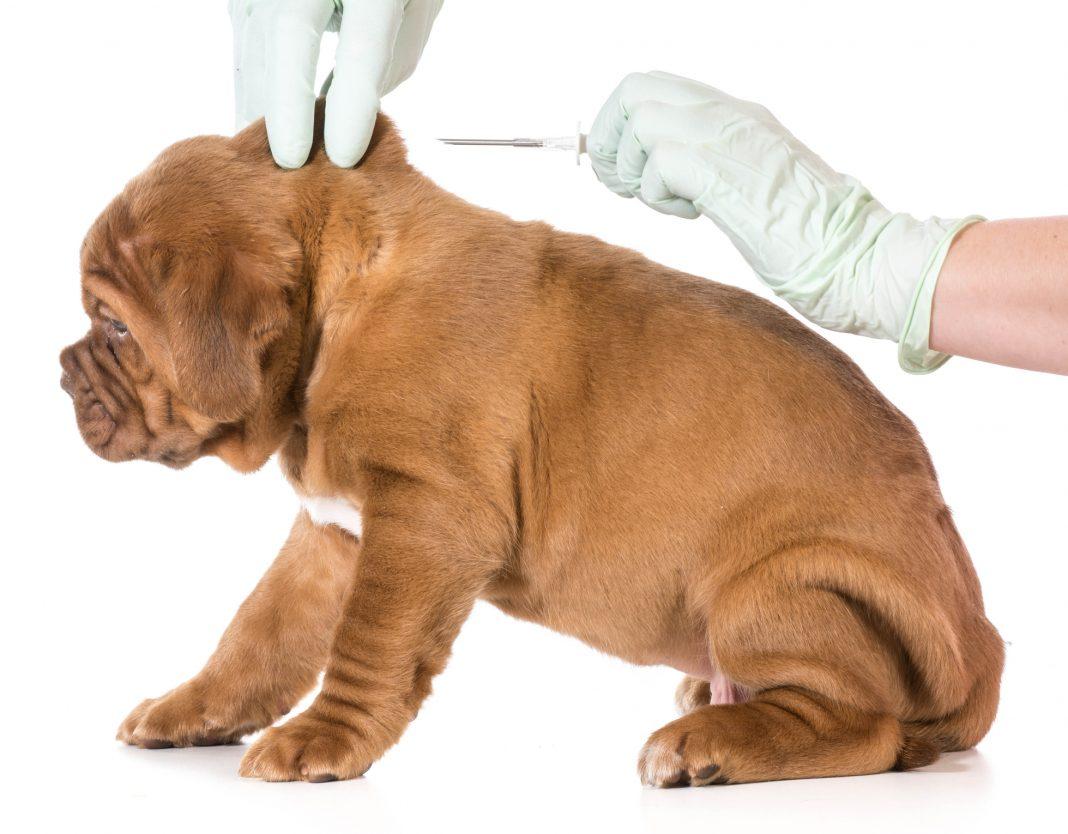 Pet ownership has definite upsides. You get companionship and exercise and the satisfaction of doing a good deed. Plus, people who own pets live longer. Unfortunately, pet ownership can also make you a target for phishers, scammers and identity thieves.
Pet ownership has definite upsides. You get companionship and exercise and the satisfaction of doing a good deed. Plus, people who own pets live longer. Unfortunately, pet ownership can also make you a target for phishers, scammers and identity thieves.
The Vector du Jour
With 65% of U.S. households including pets (and an estimated $60 billion in spending on them), pet owners represent persons of interest for scammers.
The focus here is on a nearly universal practice: microchipping.
When a pet is adopted, it almost always comes with a microchip implanted at the back of the neck between its shoulder blades (or on the left side of the neck among European rescues). The chip is the size of a grain of rice, and it includes a 10-digit number that has been registered to the adopter. With more than 94% of dogs coming by way of either rescue and/or adoption according to the Humane Society, this is a fertile field for fraud .
These microchips can aid in the return of a lost animal, but are far from a perfect solution. In fact, a study published in 2012 by the American Society for the Prevention of Cruelty Toward Animals found that after searching the neighborhood and having the pet return on its own, microchips were the most common way pet owners were reunited with their owners. In a study published by the Journal of the AVMA, research revealed that only 22 percent of lost dogs entering shelters were returned to their families. That percentage rose to more than 52 percent when a dog was microchipped.
So there is an argument for microchipping. Because there is no unified database for these microchips, a found pet may be on any number of registries, which is good news from the standpoint of crime prevention, because scam artists can’t just pet-nap an animal, scan it, and contact the owner to collect a ransom. (That said, this scenario is theoretically possible. A universal microchip reader can be purchased by anyone.)
Public-Facing Data Is Risky
Many microchipping companies recommend that you provide your mobile phone number. It makes sense on the pet recovery side of things, but none at all on the protecting yourself from scams side—mobile numbers are fast becoming our new Social Security numbers.
The basic mechanism of the scam is simple, and you should be wary of it. You will either get an email (which you provided information to the registry) or a text (to the mobile number you provided), and it will include your pet’s name and some issue that needs your attention. Maybe your dog license is expired. It could be anything. The point is that with your personal information out there in a public-facing database, you’re ripe for the picking. It’s a scam waiting to happen, and you have provided the means of your own victimization by doing the right thing by your pet.
If you have replied to one of these messages, it’s a good idea to check your credit for any changes, because you may have been communicating with a scammer. (You can check two of your scores for free on Credit.com.)
Whenever you get an unexpected message, however you get it, you are in danger of getting got. A basic rule of thumb: distrust AND verify. Provide no information until you’re sure who’s asking for it.
What You Can Do
You can see if your information is public by searching for your phone number. You should also search your home and email addresses. Your goal for the best possible data hygiene would be that none of that information yields your name on a search engine.
If you find your information is out there (and not just in connection with a pet), call the company that provides the information online and ask for it to be hidden from the public. While this may slow the process of getting your pet back should it go missing, you will still be reunited, while not exposing your data to anyone who plugs random 10-digit numbers into a pet microchip registry.










